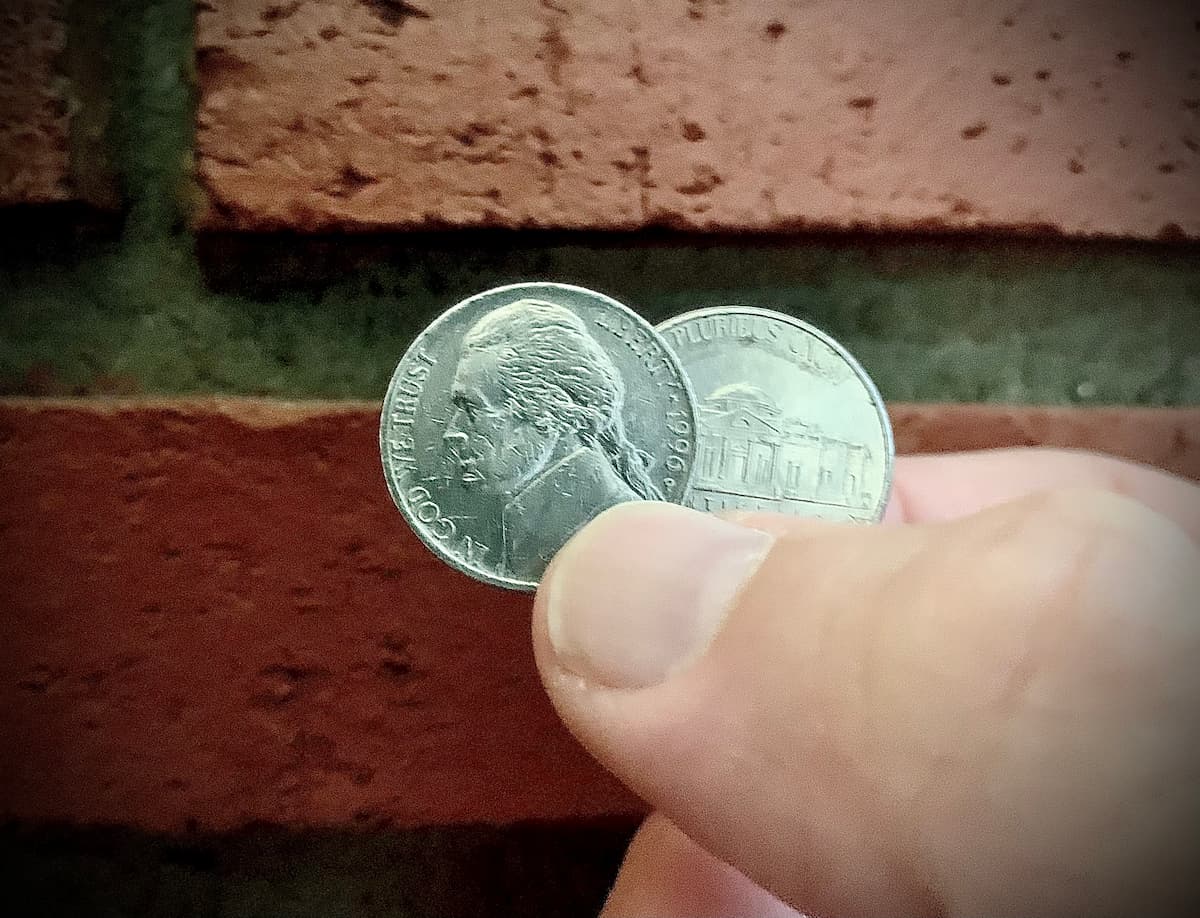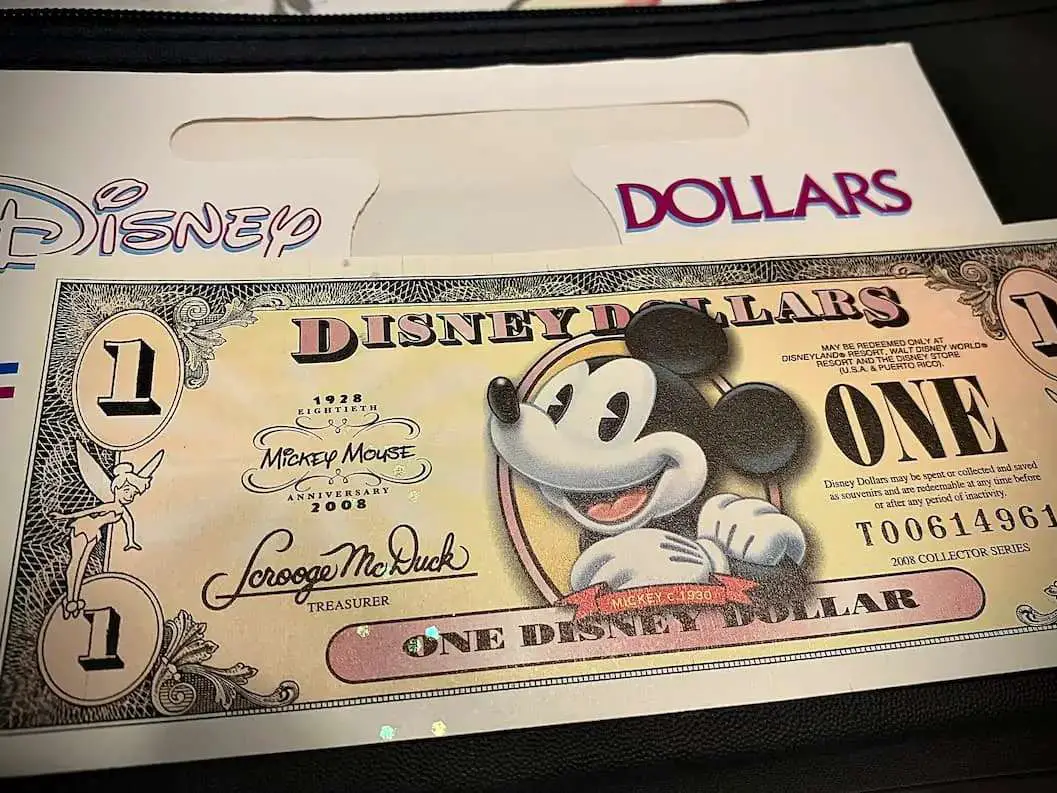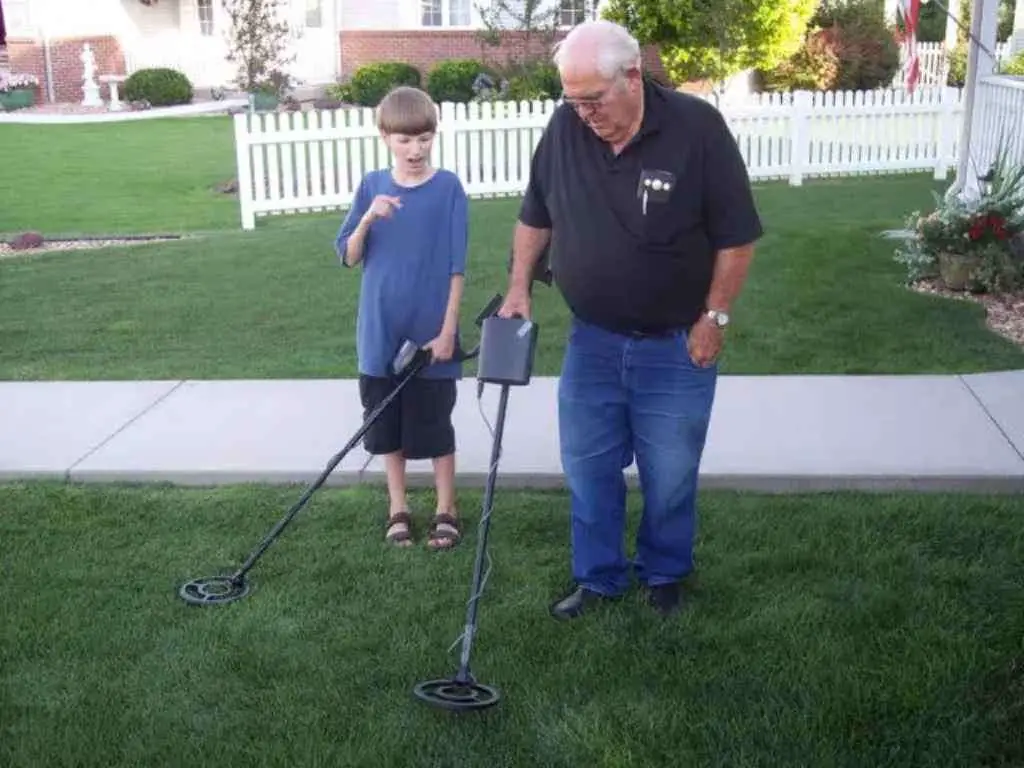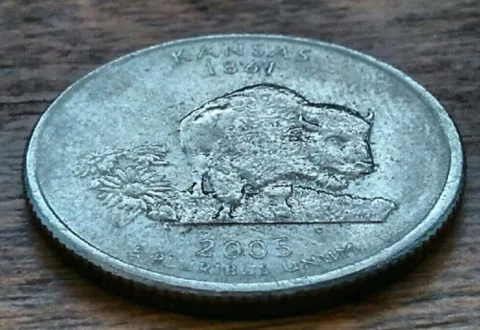
Have any 2005 Kansas quarters? Better check them twice… they may contain cool errors that are worth a lot of money!
Millions upon millions of Kansas state quarters were made in 2005. At least a few have some unusual errors, including:
- the “IN GOD WE RUST” error
- the Humpback Bison error
- the Spitting Bison error
A 2005 Kansas quarter error can be worth $100 or more. The best part: these error coins can be found in everyday pocket change!
Here’s how to tell if you have a valuable Kansas quarter error coin…
#1 – The IN GOD WE RUST Kansas Quarter Error
The first error we’ll cover here — the 2005 Philadelphia (“P” mintmark) IN GOD WE RUST quarter — was caused by grease in the die, which obliterated the first “T” of the word “TRUST.”
You can see what the 2005 Kansas IN GOD WE RUST quarter error looks like here:
Yes, the “T” is still visible on some versions of the IN GOD WE RUST quarter, but is very faint. On many of these pieces, the first “T” isn’t visible at all.
How much is an IN GOD WE RUST quarter worth?
Generally speaking, the value of the IN GOD WE RUST quarters is highest (worth $50 or more) for coins that are both:
- Uncirculated
- Show no evidence of the first “T”
Because this error is fairly common, circulated versions of the 2005-P Kansas quarters with the IN GOD WE RUST error or coins that show more of the “T” are worth $20 to $30 — depending on the condition of the coin.
#2 – The Humpback Bison Kansas Quarter Error
Here’s another cool error involving 2005-P Kansas state quarters…
The bison on the reverse of the quarter is supposed to have a smooth, rounded back. But on some Kansas quarters, there appears to be a huge tuft of thick hair popping straight up off the bison’s back. This was caused by a die break.
If you know what the bison normally looks like on 2005-P Kansas quarters and you’ve got a so-called Humpback Bison quarter in your hands, you really won’t be able to overlook this error — it’s pretty obvious!
You can see what the 2005 Kansas Humpback Bison quarter error looks like here:
How much is a Kansas Humpback Bison quarter worth?
The 2005-P Kansas Humpback Bison quarter is worth as much as $100 in uncirculated condition.
But even if you find a worn Humpback Bison quarter in your loose change, it’s still worth holding onto — because circulated versions of the 2005-P Humpback Bison quarter are worth $15 to $20… or more!
#3 – The Spitting Bison Kansas Quarter Error
The most recent Kansas quarter error discovered is the 2005 Kansas Spitting Bison error.
Again, this is a Philadelphia Mint quarter error — just like the other 2 Kansas quarter errors mentioned above.
The 2005-P Kansas Spitting Bison quarter is an unusual error that shows what appears to be a stream of saliva coming from the bison’s mouth. It was likely caused by a die break.
You can see what the 2005 Kansas Spitting Bison quarter error looks like here:
How much is a Kansas Spitting Bison quarter worth?
Since the 2005-P Spitting Bison quarter is a recently discovered error and quite scarce at this point, there’s little market data on this Kansas error quarter’s value. However, similar errors are worth $50 to $100 or more — depending mainly upon the individual condition of the coin.
Kansas Quarter Facts
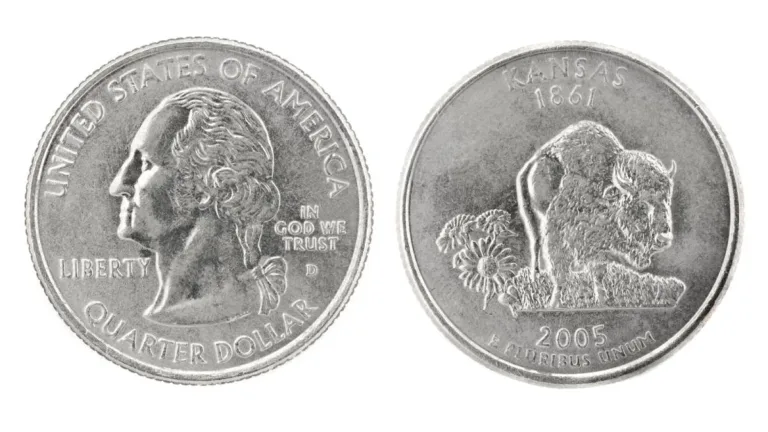
The 2005 Kansas quarter was issued as the 34th coin in the 50 State Quarters series, which the United States Mint struck from 1999 through 2008.
It was one of the most popular coin programs the US Mint had ever released — luring more than 100 million people to collect state quarters in the early 2000s.
2005 Kansas quarters feature the usual bust of George Washington on the obverse (head’s side), which was designed by John Flanagan in 1932 and modified by William Cousins in 1999.
The reverse (tail’s side) of the coin, designed by Norman Nemeth, features 2 Kansas state symbols — the American bison (official Kansas state animal) and sunflowers (Kansas state flower).
More than a half billion 2005 Kansas quarters were minted. Here’s how many were made at each mint:
- 2005-P Kansas quarter (Philadelphia) — 263,400,000 were minted
- 2005-D quarter (Denver) — 300,000,000 were minted
- 2005-S copper-nickel clad proof quarter (San Francisco) — 3,262,960 were minted
- 2005-S 90% silver proof quarter (San Francisco) — 1,678,649 were minted
How much are ‘regular’ Kansas quarters worth?
- Worn examples of normal (no error) circulated 2005-P and 2005-D Kansas state quarters are worth face value.
- Typical uncirculated 2005-P and 2005-D Kansas quarters are worth 50 cents to $1 apiece.
- 2005-S Kansas copper-nickel clad proof quarters have a value of $1.50 to $5 each.
- 2005-S Kansas 90% silver proof quarters are worth $5 to $10 apiece.
Other 50 State Quarter Errors
In addition to the links I’ve included above, here are some of our other articles about state quarters with errors — so you’ll know what to look for:
I’m the Coin Editor here at TheFunTimesGuide. My love for coins began when I was 11 years old. I primarily collect and study U.S. coins produced during the 20th century.
I’m a member of the American Numismatic Association (ANA) and the Numismatic Literary Guild (NLG) and have won multiple awards from the NLG for my work as a coin journalist. I’m also the editor at the Florida United Numismatists Club (FUN Topics magazine), and author of Images of America: The United States Mint in Philadelphia (a book that explores the colorful history of the Philadelphia Mint). I’ve contributed hundreds of articles for various coin publications including COINage, The Numismatist, Numismatic News, Coin Dealer Newsletter, Coin Values, and CoinWeek.
I’ve authored nearly 1,000 articles here at The Fun Times Guide to Coins (many of them with over 50K shares), and I welcome your coin questions in the comments below!


